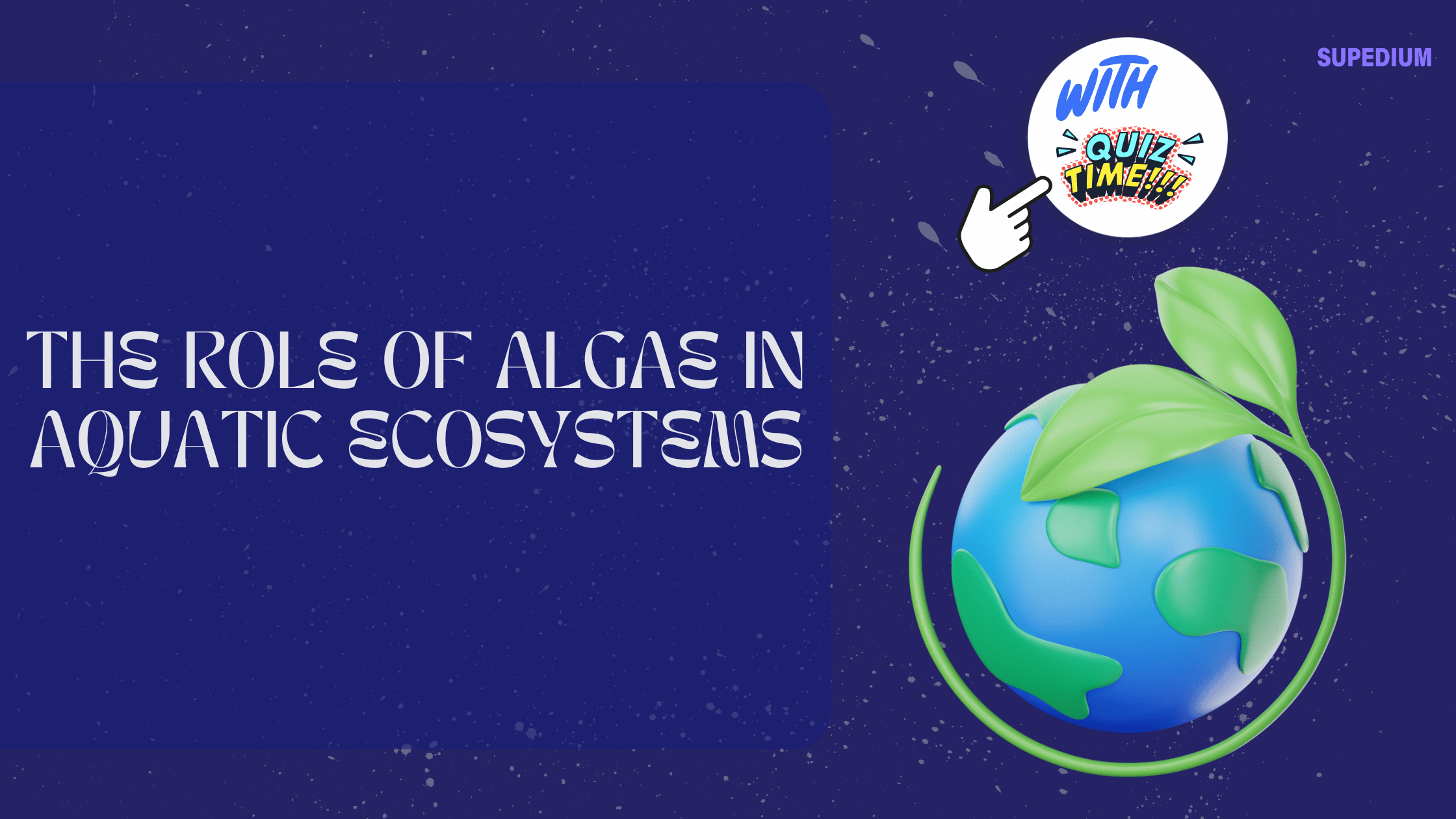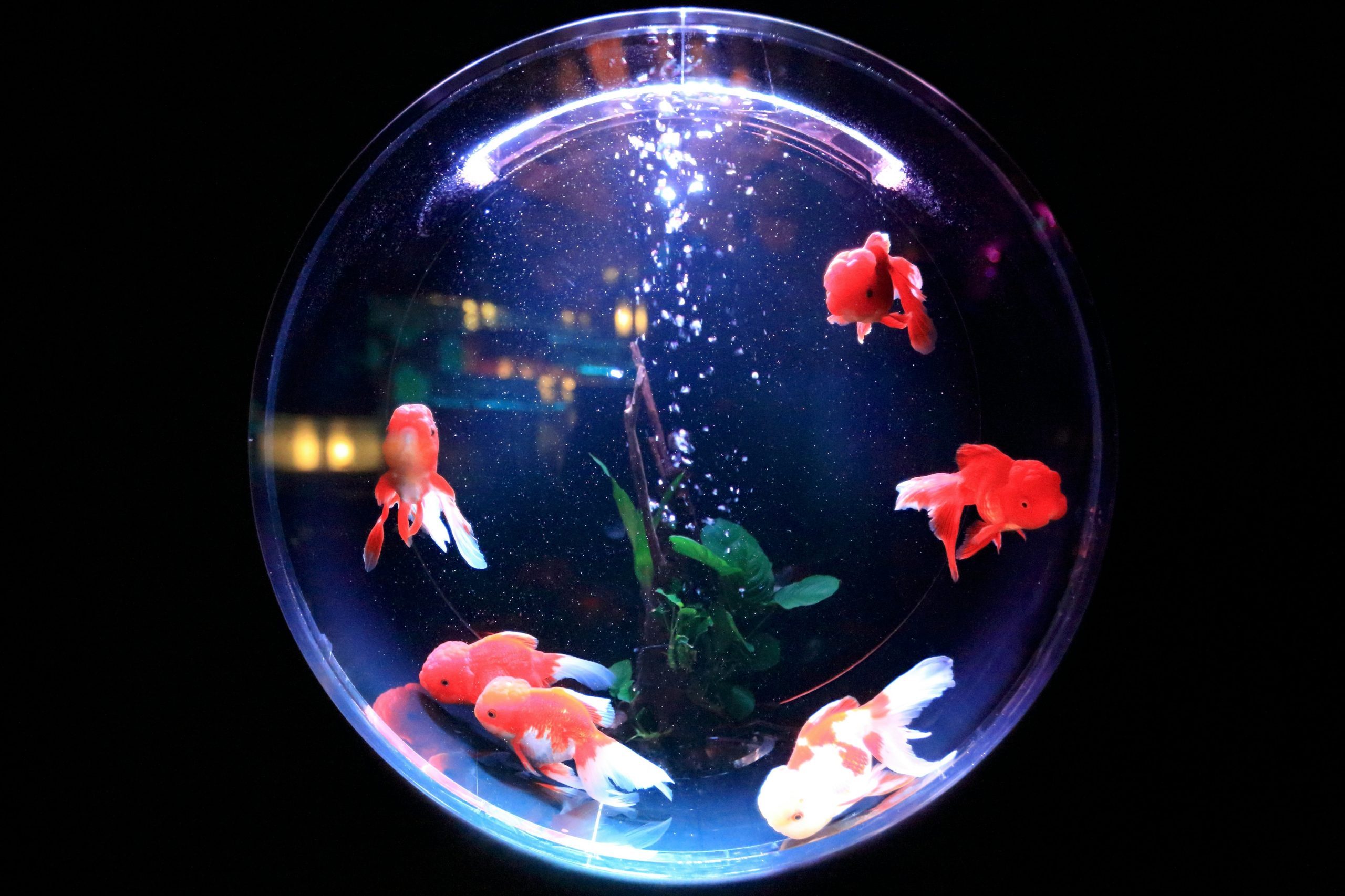Table of Contents
![]()
Introduction
Algae are a diverse group of photosynthetic organisms that range from microscopic phytoplankton to large seaweeds. These organisms are crucial to the health and functioning of aquatic ecosystems. Algae not only serve as the foundation of aquatic food webs but also play significant roles in nutrient cycling, oxygen production, and habitat formation. This article explores the different types of algae, their ecological roles, interactions with human activities, and the importance of conservation efforts.
Types of Algae
Phytoplankton
Phytoplankton are microscopic, floating algae found in both freshwater and marine environments. They include major groups such as diatoms, dinoflagellates, and cyanobacteria. Phytoplankton are primary producers, converting sunlight into chemical energy through photosynthesis. This process not only forms the basis of the aquatic food web but also contributes significantly to the oxygen content of Earth’s atmosphere. Their abundance and diversity are critical indicators of water quality and ecosystem health.
Macroalgae
Macroalgae, or seaweeds, are large, visible algae that can be found in marine environments. They are categorized into three main groups: brown algae (Phaeophyta), red algae (Rhodophyta), and green algae (Chlorophyta). Macroalgae play vital roles in their ecosystems by providing habitat and food for a variety of marine organisms. They also contribute to nutrient cycling by absorbing and releasing nutrients into the water, which can affect the productivity and health of the ecosystem.
Periphyton
Periphyton consists of algae that attach to surfaces such as rocks, sediments, and aquatic plants. This group includes a variety of small, often complex communities of algae. Periphyton contributes to ecosystem functions by forming biofilms, which serve as food sources for small aquatic organisms and influence nutrient cycling. These biofilms can also impact the stability of sediments and the overall health of aquatic habitats.
Ecological Roles of Algae
Primary Production
Algae are fundamental to the process of primary production in aquatic ecosystems. Through photosynthesis, algae convert solar energy into chemical energy, forming organic compounds that serve as the primary food source for other organisms. Phytoplankton, in particular, are key to the productivity of aquatic environments, driving the energy flow through aquatic food webs.
Oxygen Production
One of the critical functions of algae is the production of oxygen. During photosynthesis, algae release oxygen into the water, which is essential for the survival of aerobic aquatic organisms. This oxygen production also contributes to the atmospheric oxygen levels, playing a role in maintaining the balance of gases in the Earth’s atmosphere.
Nutrient Cycling
Algae play a central role in nutrient cycling, particularly in the nitrogen and phosphorus cycles. They absorb these nutrients from the water, which can help mitigate the effects of nutrient pollution. By incorporating these nutrients into their biomass, algae help regulate their availability and impact water quality. However, excessive nutrient input can lead to harmful algal blooms, which can have detrimental effects on aquatic ecosystems.
Habitat Formation
Macroalgae, in particular, are important for habitat formation in marine environments. They create complex structures that provide shelter and breeding grounds for a variety of marine organisms. These algal habitats contribute to biodiversity and help maintain the structural complexity of aquatic ecosystems, which is essential for their overall health and stability.
Algae and Aquatic Food Webs
Food Source for Herbivores
Algae are a primary food source for many herbivores in aquatic ecosystems. Zooplankton, such as copepods and krill, feed on phytoplankton, while larger marine herbivores, such as sea urchins and certain fish species, graze on macroalgae. This grazing pressure helps regulate algal populations and maintains the balance of the aquatic food web.
Trophic Interactions
Algae also play a role in supporting higher trophic levels. By providing food for herbivores, algae indirectly support predators such as fish, birds, and marine mammals. These trophic interactions highlight the interconnectedness of aquatic ecosystems and the importance of algae in sustaining diverse food webs.
Algae and Human Activities
Positive Impacts
Algae have several positive applications in human activities. Algae-based biofuels are being explored as a renewable energy source, offering a potential solution to the challenges of fossil fuel dependency. Algae are also used in wastewater treatment processes, where they help remove pollutants and nutrients from wastewater. Additionally, algae are utilized in various food products and dietary supplements, providing essential nutrients and health benefits.
Negative Impacts
Despite their benefits, algae can also have negative impacts, particularly in the form of harmful algal blooms (HABs). These blooms can produce toxins that affect marine life and human health, leading to problems such as fish kills and shellfish poisoning. Eutrophication, driven by excessive nutrient inputs from agricultural runoff and other sources, can lead to the proliferation of HABs and create dead zones—areas with low oxygen levels that are inhospitable to most marine life.
Case Studies
Coral Reef Ecosystems
In coral reef ecosystems, symbiotic algae known as zooxanthellae live within coral tissues. These algae provide corals with essential nutrients through photosynthesis and contribute to the vibrant colors of coral reefs. However, environmental stresses such as increased sea temperatures can lead to coral bleaching, where corals expel their zooxanthellae, resulting in loss of color and reduced health. Understanding the role of algae in coral health is crucial for coral reef conservation efforts.
Freshwater Lakes
In freshwater lakes, algal blooms have become a significant concern. For example, Lake Erie has experienced recurrent blooms of harmful algae, often driven by nutrient pollution from agricultural activities. These blooms can lead to toxic conditions and negatively impact water quality and aquatic life. Management strategies, such as reducing nutrient runoff and monitoring algal populations, are essential for addressing these challenges and protecting freshwater resources.
Conservation and Management
Monitoring and Research
Monitoring algal populations and understanding their ecological roles are vital for effective conservation and management. Advances in technology, such as remote sensing and genetic analysis, have improved our ability to track and study algal communities. Continued research is necessary to understand the impacts of environmental changes on algae and to develop strategies for maintaining healthy aquatic ecosystems.
Policy and Regulation
Effective policy and regulation are crucial for managing nutrient inputs and preventing harmful algal blooms. Regulations aimed at controlling agricultural runoff, wastewater discharge, and other sources of nutrient pollution can help mitigate the impacts of eutrophication and protect aquatic ecosystems. Conservation efforts that focus on preserving algal biodiversity and maintaining ecosystem health are also important for ensuring the long-term sustainability of aquatic environments.
Conclusion
Algae play a multifaceted and essential role in aquatic ecosystems, from primary production and oxygen generation to habitat formation and nutrient cycling. Their interactions with other organisms and human activities underscore the importance of understanding and managing these vital components of aquatic environments. As we continue to face challenges such as climate change, pollution, and habitat loss, ongoing research and conservation efforts are crucial for maintaining the health and stability of aquatic ecosystems. By recognizing and addressing the diverse roles of algae, we can work towards a more sustainable and resilient future for our planet’s water bodies.






Be the first to comment